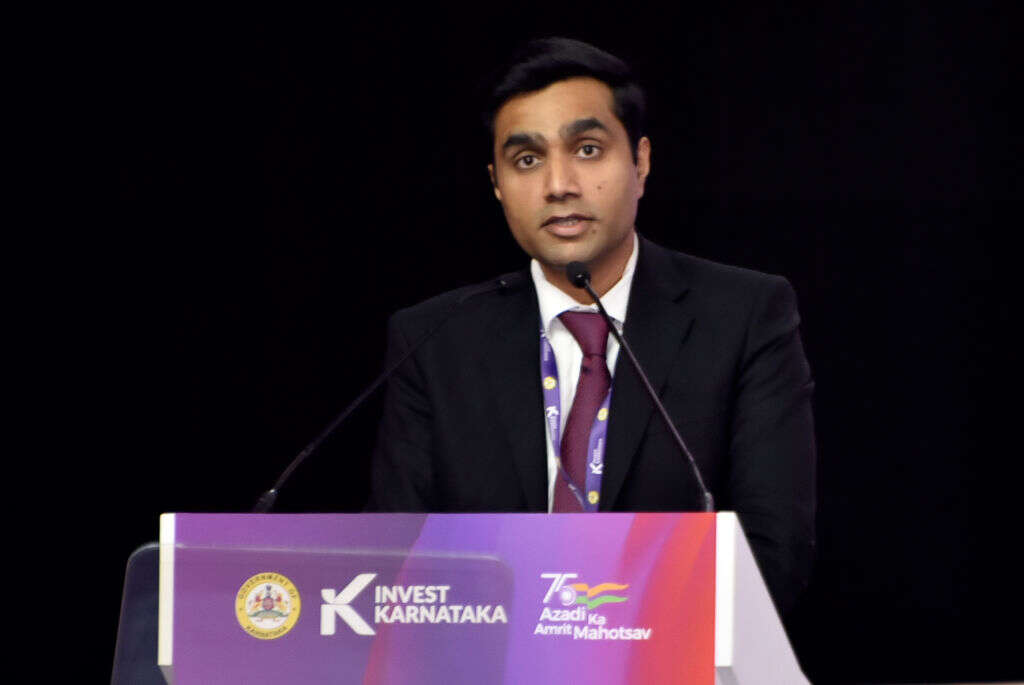

- Hindenburg Research has published a damning report into the governance of Adani Group, the world’s largest private developer of fossil fuels.
- Wednesday saw around $12bn cut off Adani shares as the group’s stock price dropped an average of 5%.
- The performance of Adani’s offshore debt was worse with the company’s 2024s down more than 15%.
It is rare for business stories to move from the financial press to the tabloids, but that happened this week following a devastating report from US short-seller Hindenburg Research into India’s Adani Group, the world’s largest private developer of fossil fuels, and Gautam Adani, the group’s chairman, founder and the world’s third richest man.
Following a two-year investigation, New York-based Hindenburg research highlighted that the firm has been the focus of four major government fraud investigations totalling an estimated $17bn and alleges widespread corporate malpractice and accounting irregularities.
Central to its argument is Adani’s use of offshore shell entities to generate artificial turnover, a network of offshore entities used to facilitate fraud, engineered accounting together with manipulated earnings figures as well as making false statements to regulators.
Hindenburg also points a finger at “virtually non-existent financial controls” thanks to a revolving door for the chief financial officer position. The group’s flagship business, Adani Enterprises has, for example, had five chief financial officers in the past eight years.
The Hindenburg report concludes: “We believe the Adani Group has been able to operate a large, flagrant fraud in broad daylight in large part because investors, journalists, citizens and even politicians have been afraid to speak out for fear of reprisal.”
The response from Adani was swift. On 25 January, it dismissed the report as “a malicious combination of selective misinformation and stale, baseless and discredited allegations”.
A day later it followed up with another bombastic defence calling the report “unsubstantiated” and “maliciously mischievous”.
It accused Hindenburg of trying to “undermine” and “damage” the group’s plans to raise Rs60bn ($735m) in a follow-on public offering (FPO) – the largest ever in the Indian stock market.
The initial stage of the new share sale does not appear to have been harmed. The anchor portion, where institutional investors are allotted shares a day before a share sale to give retail investors confidence, was oversubscribed. Names who came in include Middle Eastern names like Abu Dhabi’s International Holding, Abu Dhabi Investment Authority and Emirati state-owned holding company Mubadala Investment as well as investment banks BNP Paribas, Goldman Sachs, Morgan Stanley and Nomura.
Dramatic sell-off
But the retail portion could be another matter. It opens today (27 January) and runs until the end of the month.
The Hindenburg report is clear that it thinks that the six companies that make up Adani – Adani Green Power, Adani Power, Adani Total Gas, Adani Transmission, Adani Enterprises, Adani Wilmar and Adani Ports – are heavily overvalued, by as much as 85% it argues.
The sell-off of Adani equities was dramatic. Wednesday saw around $12bn cut off Adani shares as the group’s stock price dropped an average of 5%. It steepened on Thursday with Adani Transmission, for example, down almost 9% at lunchtime.
The reason that the equity sell-off appears so dramatic is that Adani contributed almost 80% of India’s stock market capitalisation gain last year.
But the performance of Adani bonds was, if anything, worse. Hindenburg makes clear that it is short Adani Group through US-traded bonds and non-Indian-traded derivative instruments.
“Internationally traded bonds have on average moved down 11.6%, suggesting that dollar bonds, supposedly traded off-shore, have moved a lot more than domestically traded equities,” noted Stockholm-based non-profit think-tank Anthropocene Fixed Income Institute (AFII).
It was particularly marked at the short end of the curve. Adani Green Energy’s 4.375% 2024 bonds fell more than 15% to a cash price of 80.9 cents in the dollar [see chart], but all of its US dollar bonds fell 10-15 points.
Dangerous stranded assets
And while Adani’s governance steals the limelight, investors may also be wondering at which point could they be exposed to a wealth of stranded assets. Capital Monitor last year questioned for how long the group would be able to still secure funding operating a business highly dependent on demand for fossil fuels.
Despite the group’s public protestations of its greenness, it remains, as Tim Buckley, director of energy finance studies for Australasia at the Institute for Energy Economics & Financial Analysis (IEEFA) in Sydney said, “the biggest private developer of fossil fuels in the world”.
The group’s sustainability report might talk euphemistically about “responsibly extracted coal”, but digging it out of the ground represents all of Adani Power’s revenues and, in a November report, Carbon Tracker concluded that the company has “no commitment to achieve net zero emissions and no meaningful plans to manage the energy transition”. Even India’s loose national target of 2070 appears to be beyond its reach.
This is backed up by the firm’s own reporting. In its full-year figures from May last year, Adani Enterprises boasted about the “significant ramp” up in the Gare Pelma III coal mine in Goa as well as the Talabira and Kurmitar mines in Odisha which led to a 28% increase in productions volumes in the final quarter of the year.
In its first-half results for this year, in November, it showed that it still has ten coal mines in India under development.
The ratings agencies remain cautious. In November, for example, Fitch's CreditSights maintained its “underperform” recommendation on Adani Ports and Special Economic Zone, its port operating arm, noting that the firm’s “credit metrics should deteriorate ahead”.
Last year, Capital Monitor concluded that it might take a while for the tide to turn against Adani. But it might be sooner than we thought. Investors might already be making connection between the concerns of Hinderburg and those of ESG investors.
Lucror Analytics, which publishes on Smartkarma, yesterday (26 January) highlighted “dampening demand” for the group’s US dollar bonds from ESG-conscious investors.
Here, we are happy to have been wrong.






